
[142] Fagus sylvatica, Beech
Introduction
Fagus sylvatica, the (European) Beech, is a common and widespread deciduous tree often grown for hedges. It is also called the Common Beech but I will just refer to it as a Beech. Other Fagus species also have names including the word beech.
Taxonomy
Kingdom – Plants
Division – Vascular Plants
Class – Angiosperms (Flowering Plants)
Order – Fagales
Family – Fagaceae (Beech, Oak, Chestnut and others)
Subfamily – Fagoideae (Just Fagus)
Genus – Fagus (Beech)
Scientific Name – Fagus sylvatica
The Copper Beech is sometimes called Fagus sylvatica purpurea.
Name
The Latin name for this tree is fagus, which is cognate with beech, both coming from something like bhago. The origin of both words has been proposed (as the Beech Argument) as an indication of the geographical origins of Indo-European languages.
(If you look back to [138] Hemp-agrimony you can see how words change over thousands of years.)
The Latin sylvaticus means ‘of the woods,’ which is a bit like saying it’s a tree!
Description
There are many trees in parks and gardens and streets. Beech trees are generally unnoticed with their ordinary leaf-shaped leaves.



The next pictures show lots of shoots trying to emerge from the base of the trunk. I suspect that pruning back these shoots in public park areas just encourages more vigorous sprouting each year.



Copper Beech
The Copper Beech or Purple Beech, sometimes called Fagus sylvatica purpurea, arose as a mutation in 1690 in Germany. About 99% of Copper Beech throughout the World are presumed to come from a single tree. As the name suggests its leaves are coloured a coppery brown or purple, sometimes turning to a dark green.
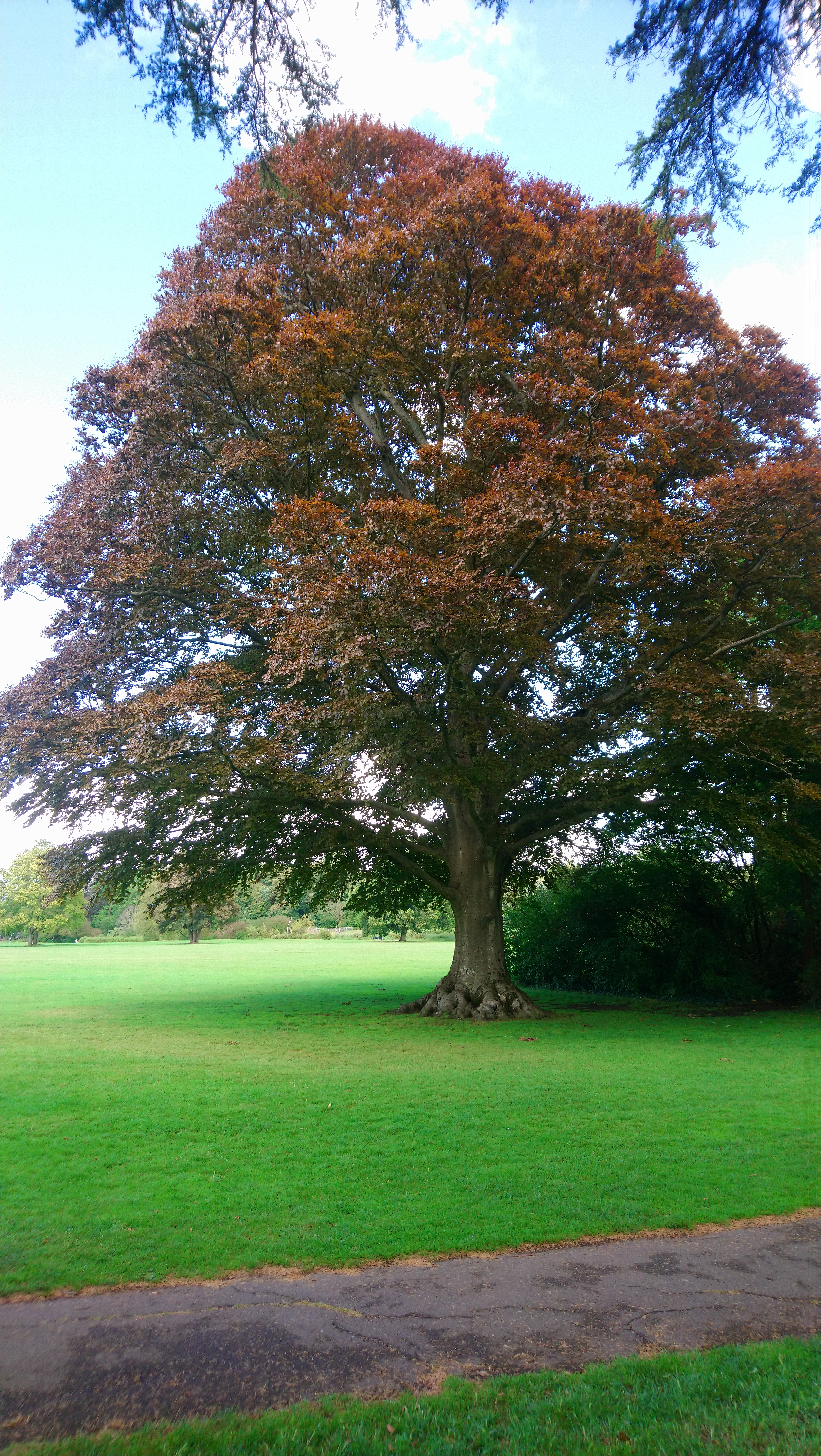
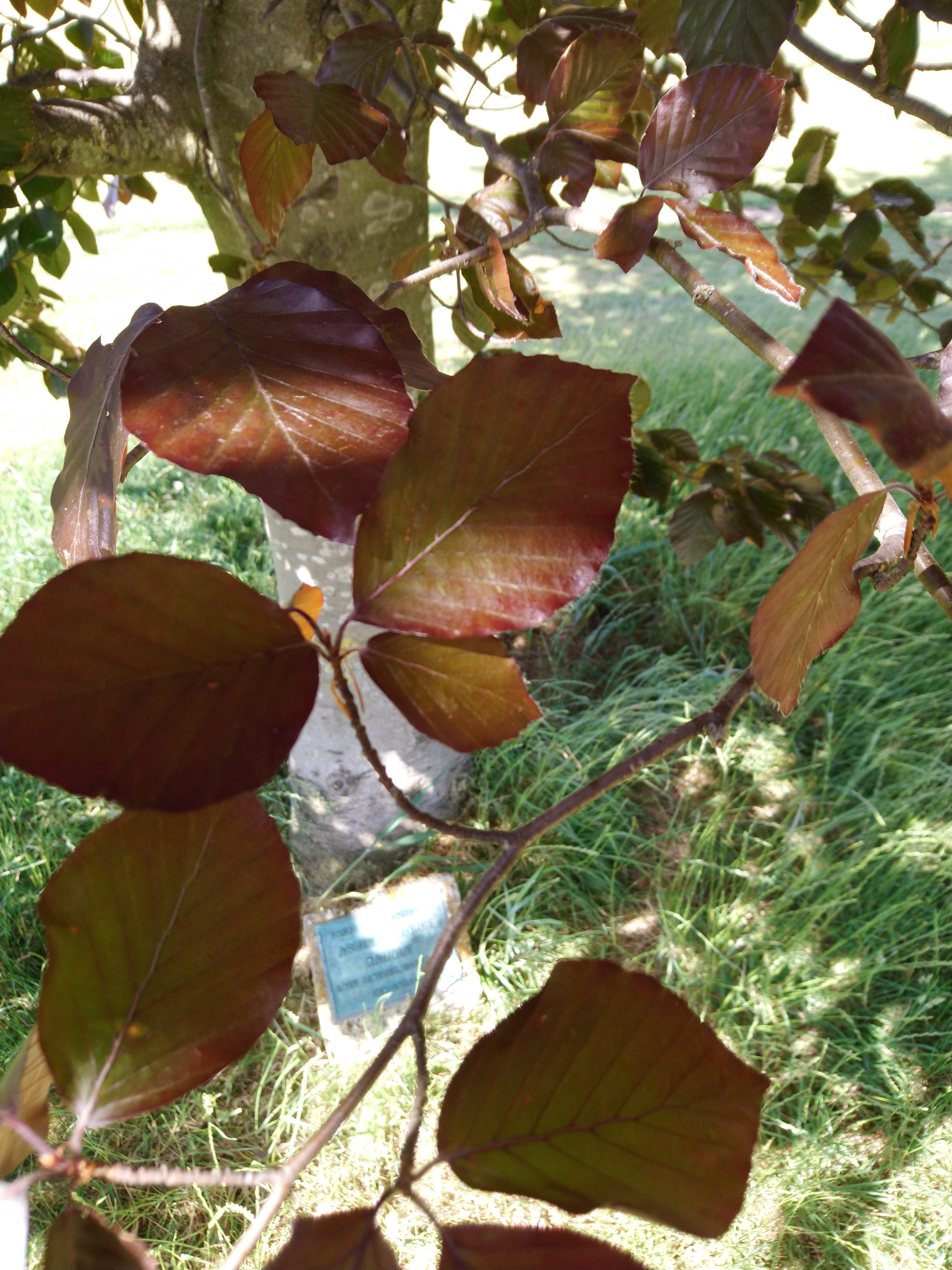
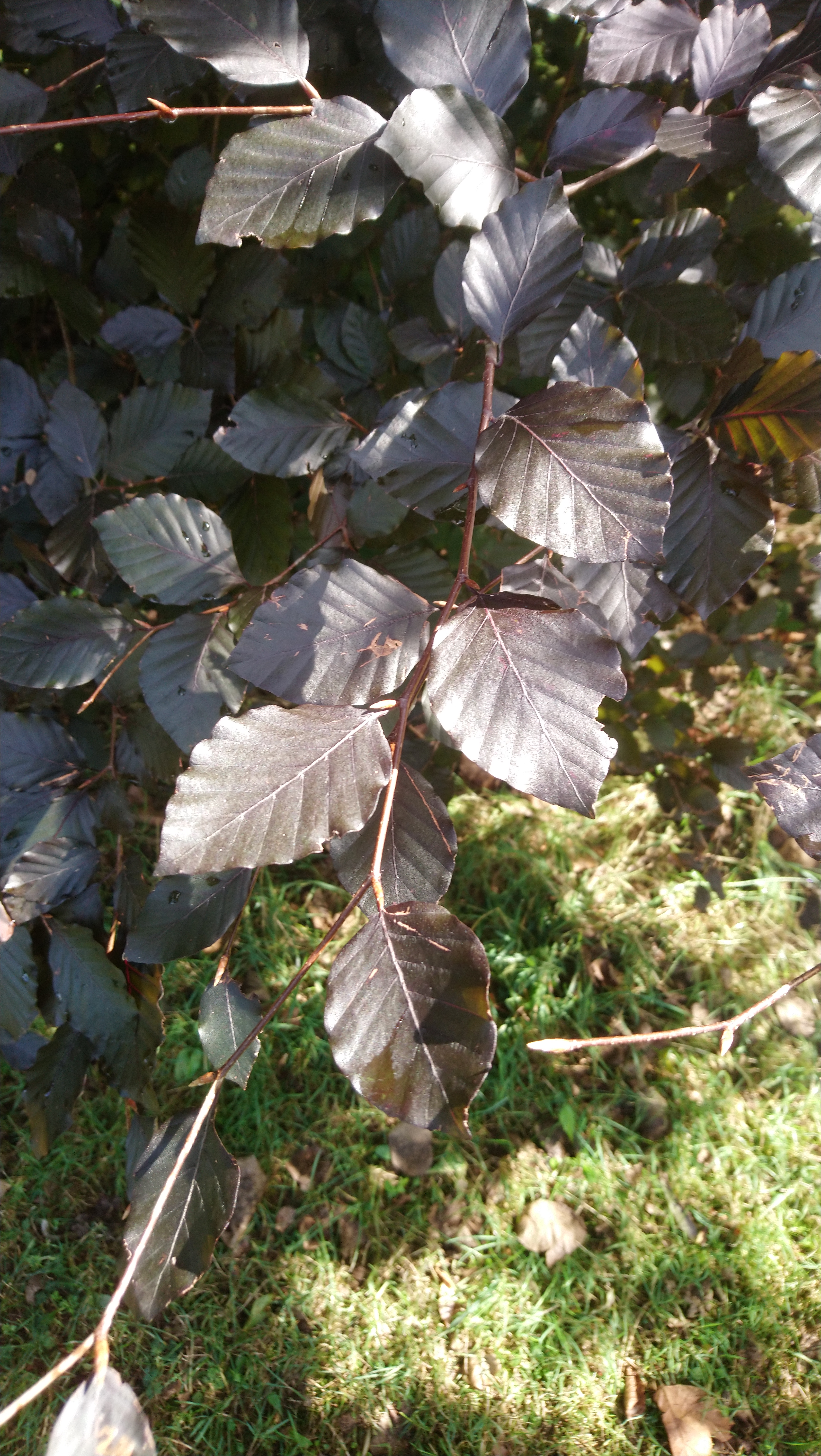
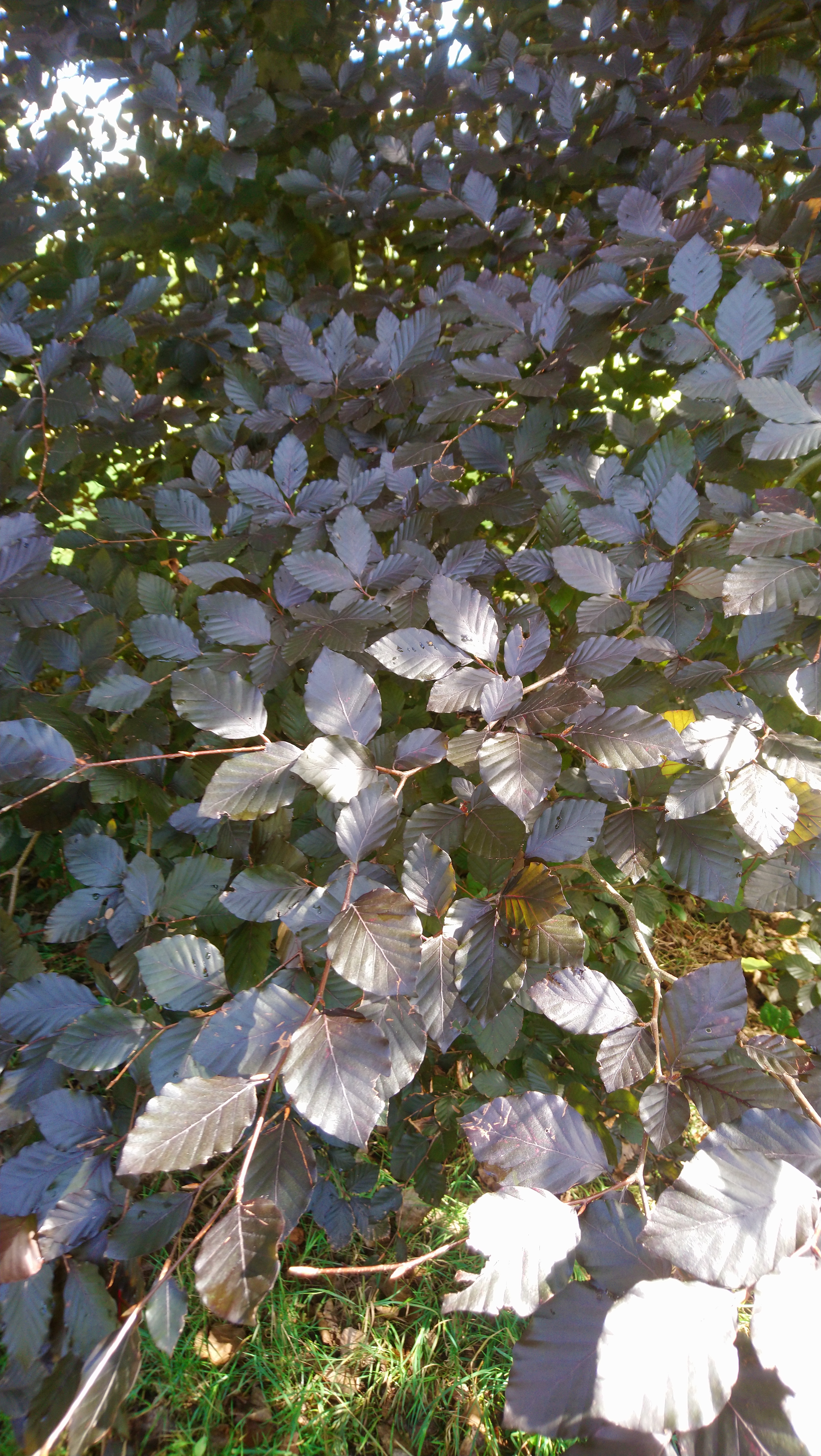

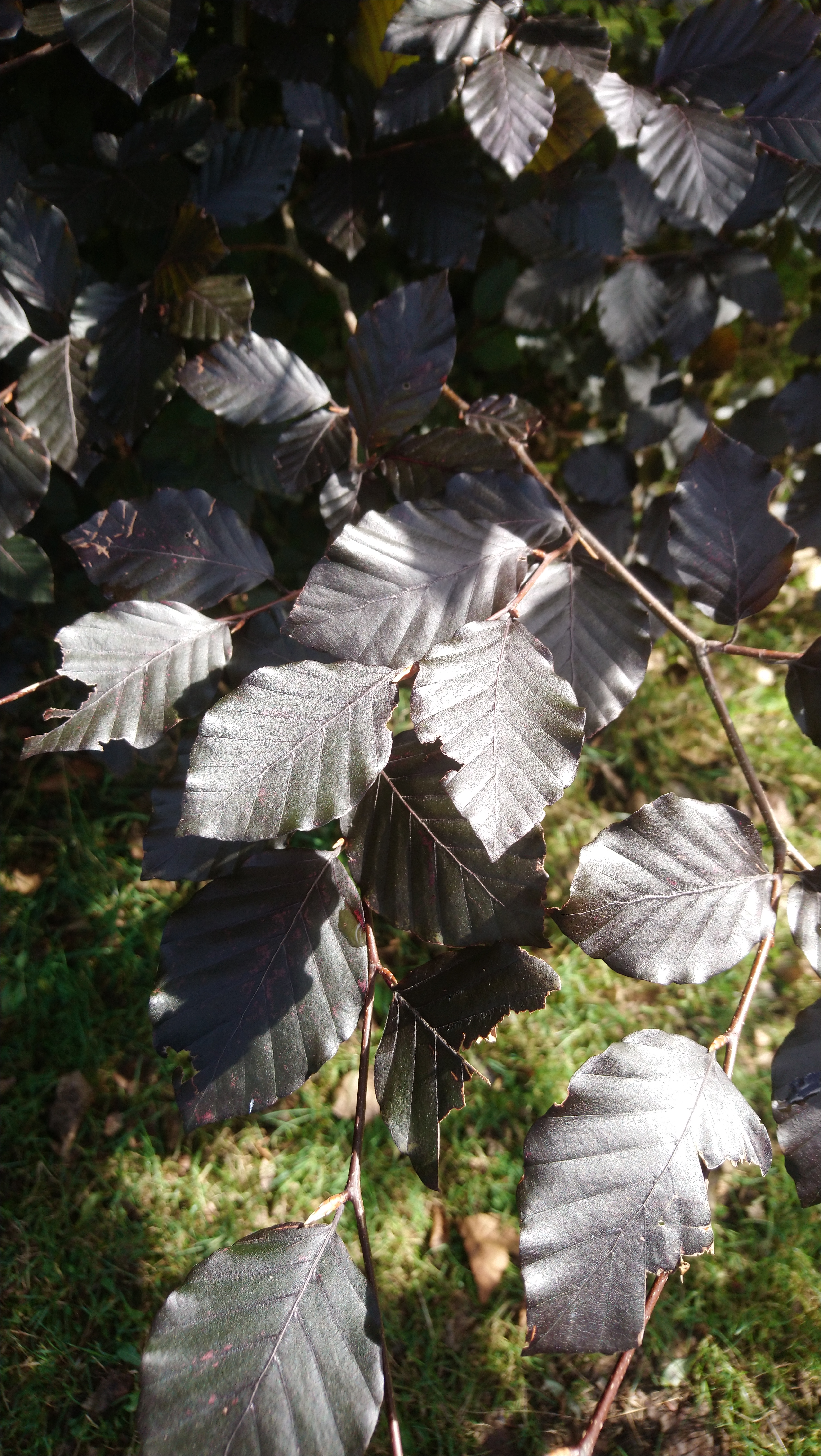
Habitat and use
Fagus sylvatica is native to much of Europe, excluding Scandinavia and the Iberian area.
The Beech tree is considered to be native to southern England and may have been introduced by Neolithic Man.
Several cultivated varieties are available, many of which are the Copper Beech.
Other Notes
Beech trees are deciduous in the normal sense. In the autumn the leaves turn brown, die and fall off. In spring new leaves are generated.
But for a Beech tree of any height, the leaves of the lower two to three metres stay on the tree over winter. Because of this, they are often used as garden hedges. They continue to form a barrier even in winter.

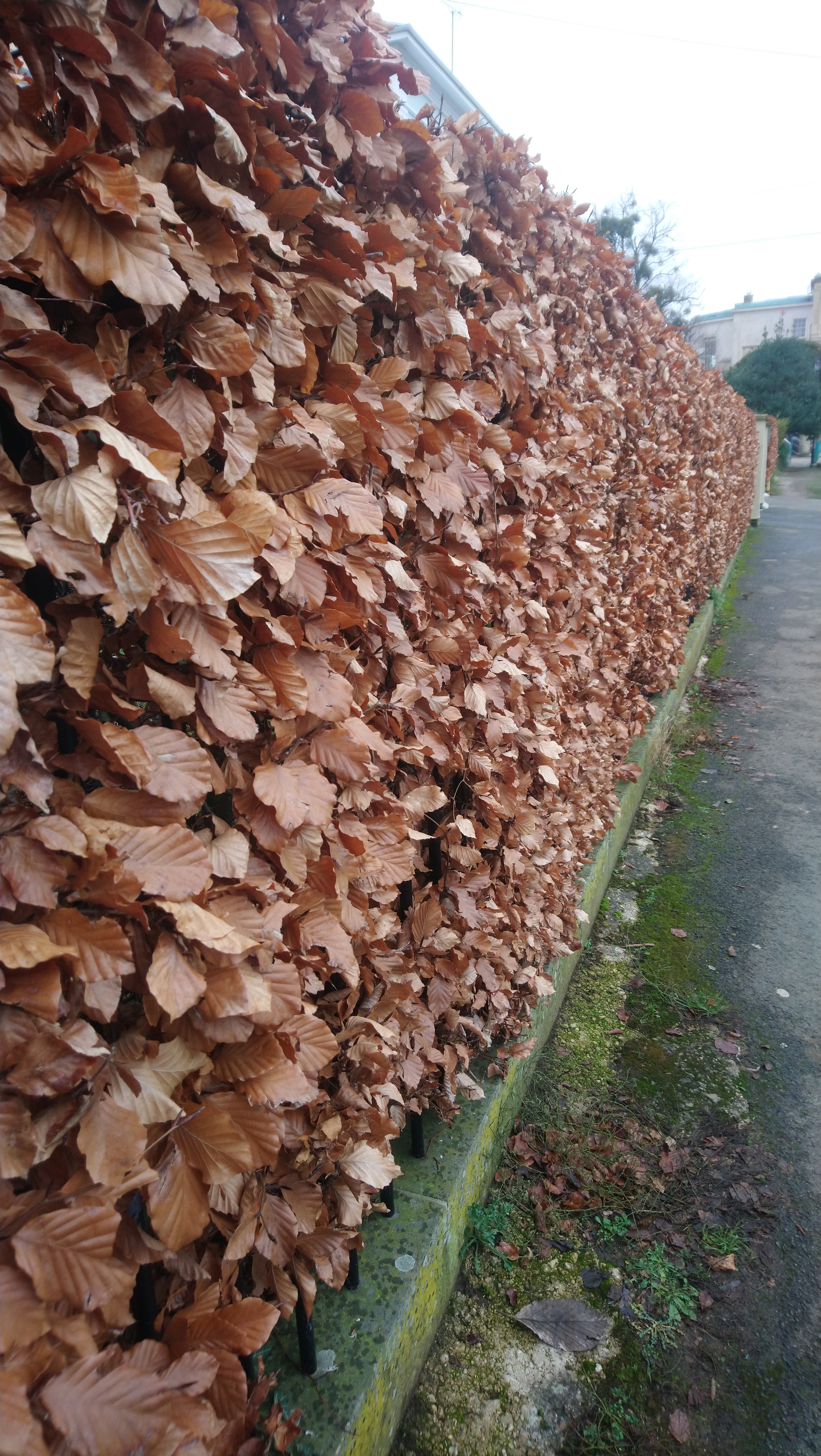

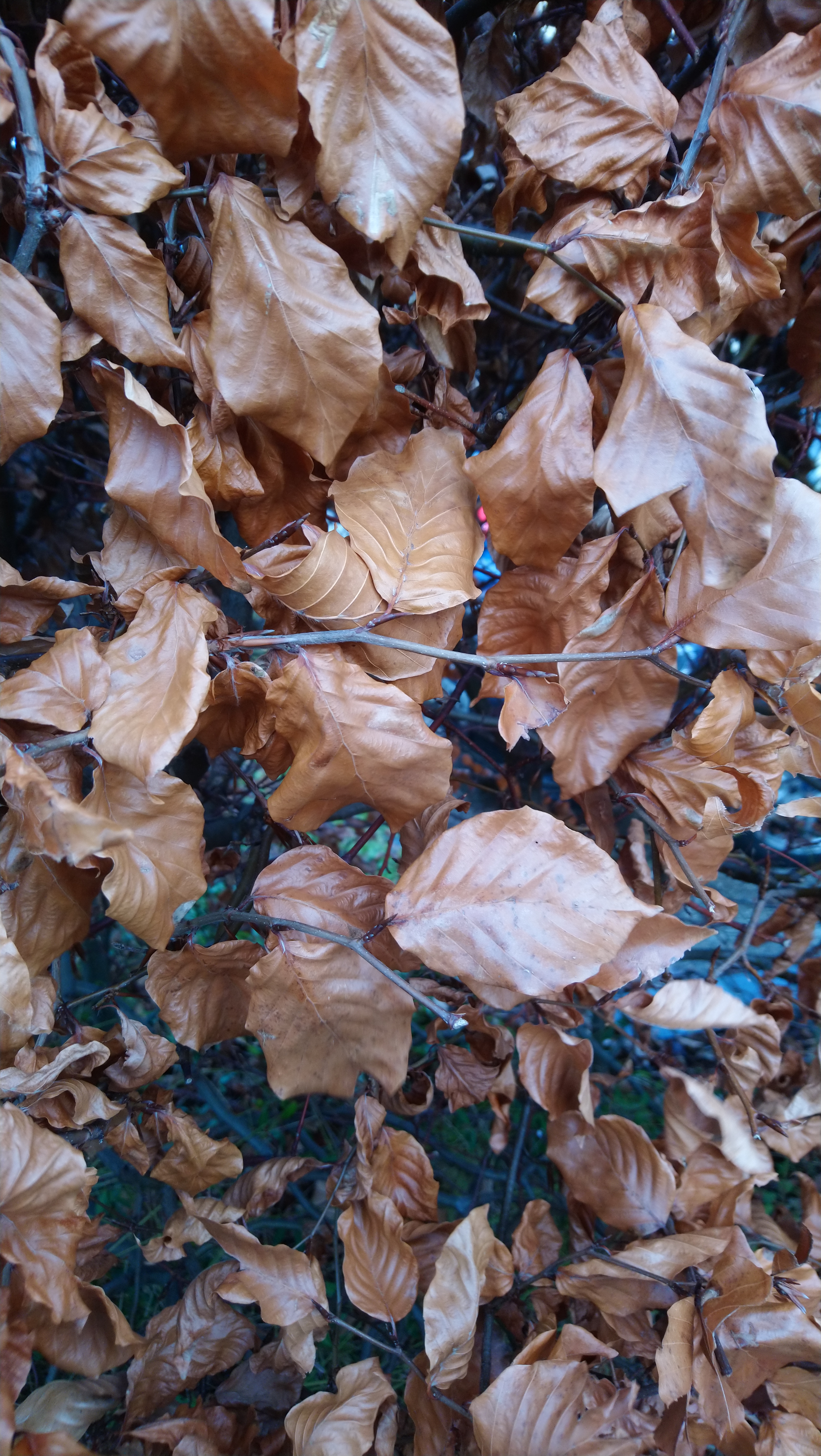
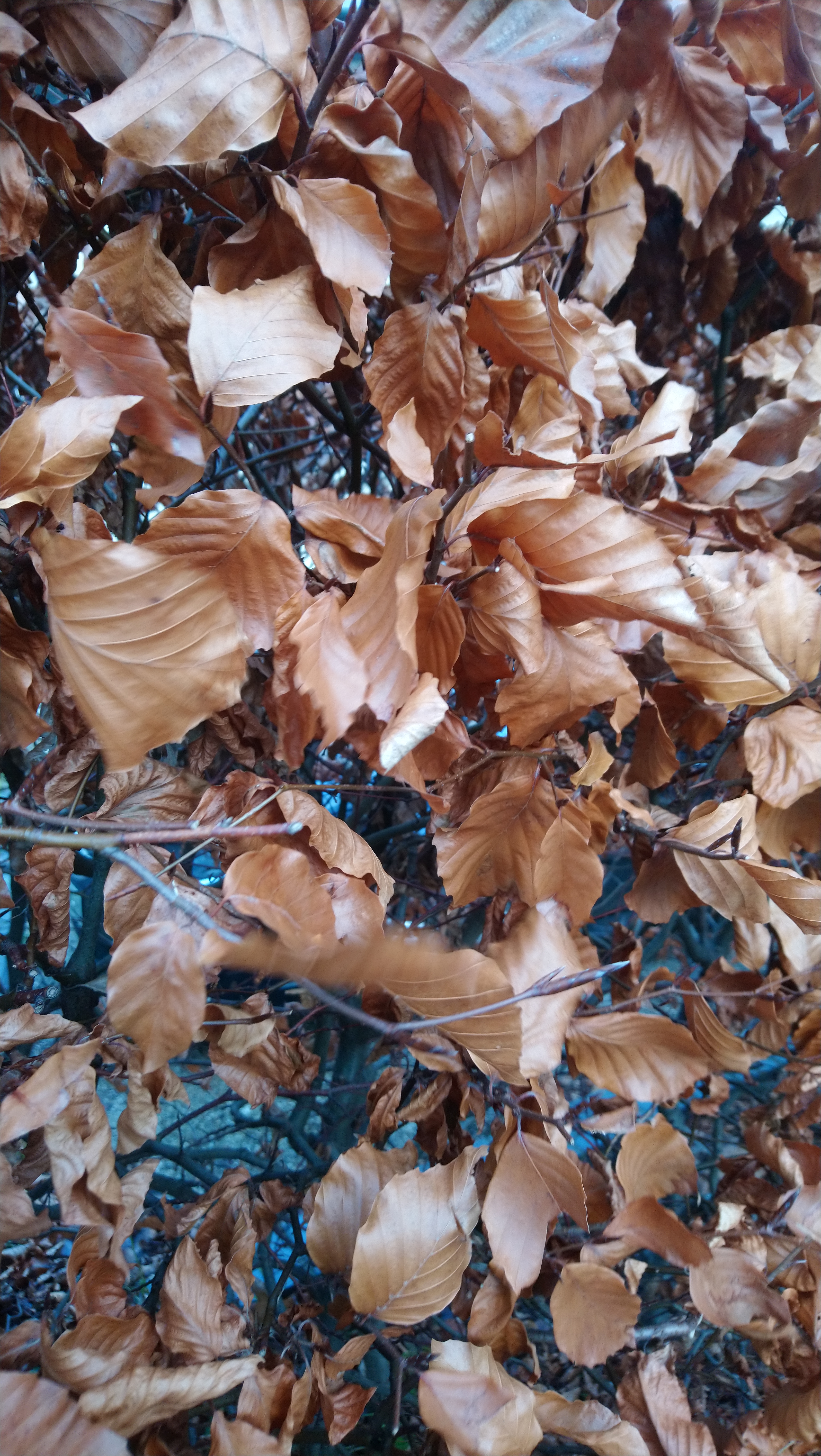
Apart from these hedges, which I only notice in winter, my impression is that almost all Beech trees in parks and gardens are copper beech. This may because the others are not so noticeable.
See also
There are more trees to come…

Pingback: [262] Phyllopertha horticola, Garden Chafer | The Species of Britain